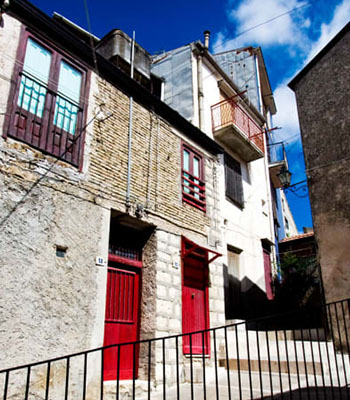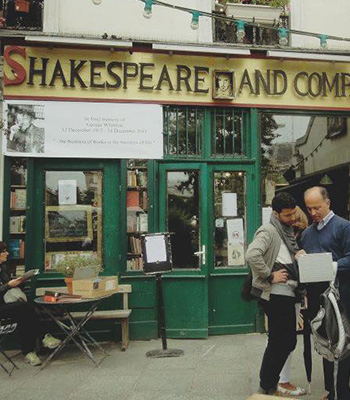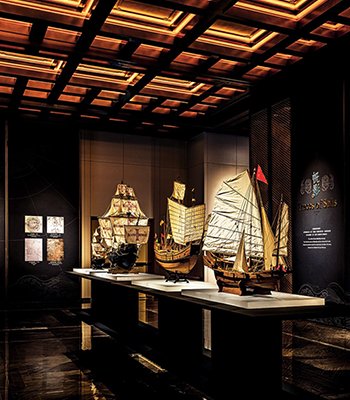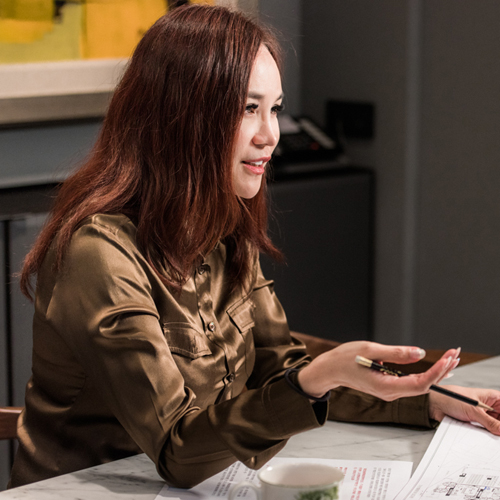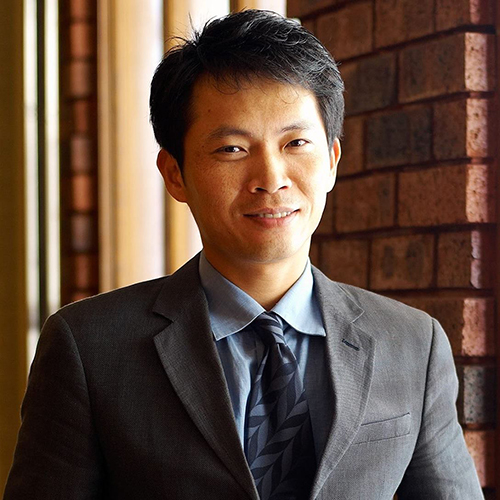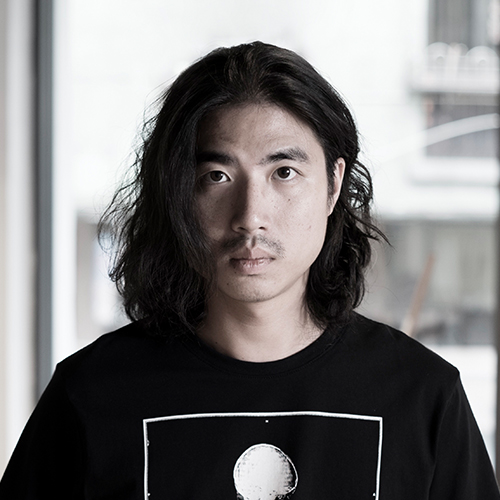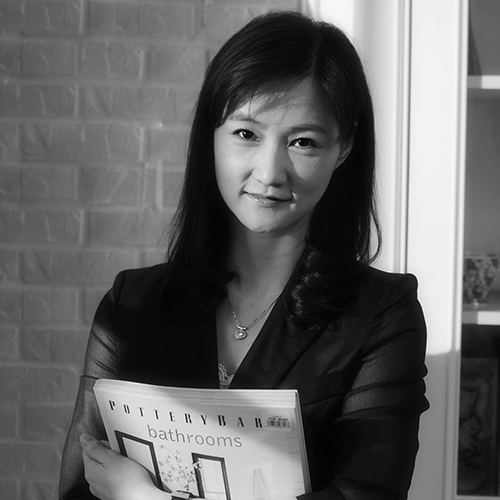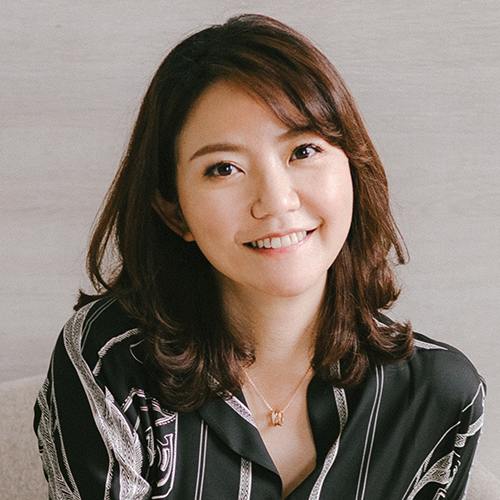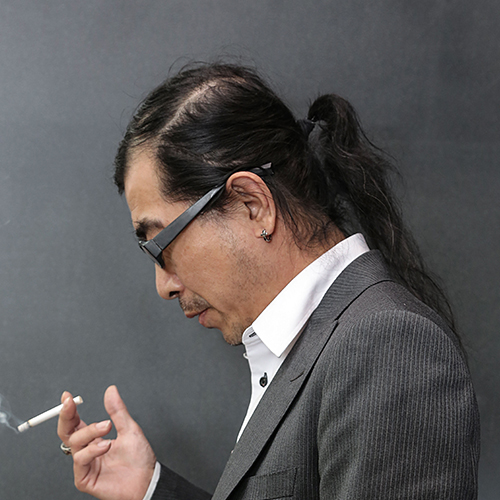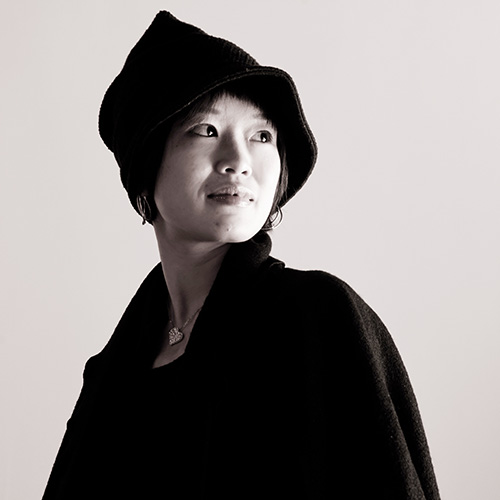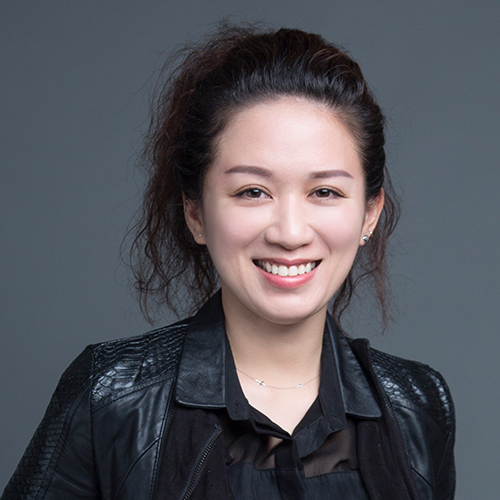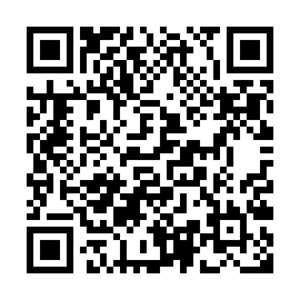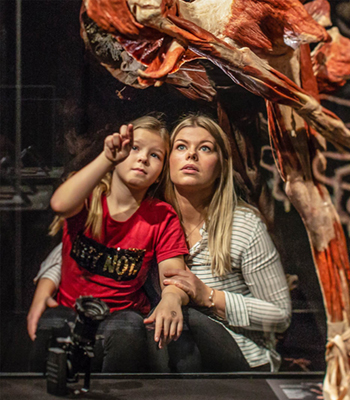
西方與台灣的生死課題教育:以暗黑觀光為例
儘管圍繞這個暗黑觀光遊勝地引發了些許爭議,但《Body Worlds》「人體展」之所以成功的一個特殊原因是,它利用教育和好奇心觸及了死亡禁忌。
正如Kriz(2007:6)在《人體展》的官方目錄中指出的那樣,“訪客”克服了圍繞人體屍體的禁忌…… 這種從期望衝動到自由無拘無束地觀察標本的轉變等於是解除了大眾對於人體屍體的禁忌。同樣,在大多數社會中,屍體被認為是通過儀式處理的有問題的物體(Metcalf&Huntington,1991),Walter(2004)建議,人體展已成為一種當代儀式,可以使屍體轉化,面對禁忌,並且使外行人在情感上與原本不適應的想法崩解。當然,關於暗黑旅遊領域的道德問題有很多爭議。但是,在本文中,我們不關注它。許多人對於屍體捐贈者的尊嚴提出了批評,最值得注意的是,伯恩斯(2007)認為展覽的教育目標是模棱兩可的,屍體的展示剝奪了捐助者的尊嚴。“當代社會”是(西方)個人構建應對人類有限的應對機制的文化框架,它本身是一個有爭議的術語,尤其是在有關現代性和後現代性的社會學論述中。 (Sharpley&Stone,2009)
Despite the controversy, which surrounds this dark tourism attraction, a particular reason why Body Worlds is successful – in visitor football at least – is because it touches upon the taboo of death. As Kriz (2007: 6) notes in the official Body Worlds catalogue, ‘visitors’ overcome the taboos that surround human corpses… and this transition from expecting revulsion to looking at the specimens freely and uninhibitedly amounts to a personal break with these taboos. Similarly, where in most societies dead bodies are deemed problematic objects that are dealt with through ritual (Metcalf & Huntington, 1991), Walter (2004) suggests that Body Worlds has become a contemporary ritual which allows the dead to be transformed, taboos confronted, and for the lay person to become somewhat emotionally detached from an otherwise clinical gaze. Of course, it has a lot of controversy about the moral issues in the field of dark tourism. However, in this thesis, we are not focusing on it. Critics have been forthcoming with regard to the dignity of the body donors who now rest in plastic rather than in peace. Most notably, Burns (2007) argues that the educational objectives of the exhibition are ambiguous and that the presentation of the cadavers strips the donors of dignity. ‘Contemporary society’, the cultural framework within which (western) individuals construct coping mechanisms to deal with human finitude, is itself a contested term, particularly within sociological discourse relating to modernity and postmodernity. (Sharpley & Stone, 2009)

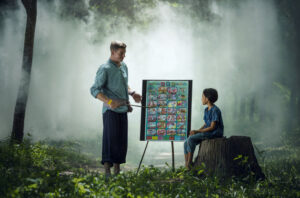

這種控制水平自然會隨社會的不同而變化,但不管社會的文化條件如何,死亡都是對所有社會中包圍過程的有力挑戰(Mellor&Shilling,1993)。死亡是反思性的普遍參數。而不是反射性可以令人信服地應用的對象(Mellor,1993:18)。但是,可以說,當代社會在文化上足夠多樣化和靈活,可以允許個人汲取並反思各種文化資源以應對死亡,從而創造了多種應對死亡的機制。 (Sharpley&Stone,2009)Tercier(2005:22)指出,儘管人們現在比任何上一代人都在死亡的旁觀者面前,受到真實和有代表性的圖像的驅使,“我們看到了死亡,但我們並沒有“觸摸”它’。用這種思想,有人認為,個體在死亡面前被孤立,因此在尋找意義以應對個體生存的局限時不得不依靠自己的資源。在台灣的教育體系中,他們已經接受了數年的死亡教育,這不是禁忌,但是在旅遊業中,這仍然是可以避免的。暗黑旅遊業使死亡重新回到公共領域和話語中,因此成為後遺症,使死亡消失。 (Sharpley&Stone,2009)根據暗黑旅遊光譜,教育影響水平也可能與光譜中暗黑水平成正比。考慮到後一種觀點,暗黑的旅遊業可能更多地與生命和生活有關,而不是與生死息息相關。因此,在當代生活的前提下,下一章開始著手評估暗黑旅遊作為在生與死之間潛在的調解機構的任務。 (Stone,2009年)死者在科學和醫學中起著重要的教育作用,特別是在解剖課或屍檢中,在那裡醫學生可以通過動手研究死者的考古學來了解死者。 (Hafferty,1991)這在許多遺產甚至墓地旅遊業中都得到了體現,在這裡,遊客們對墓地裡更多值得注意或有趣的居民的生活信息和故事充滿了興趣。但是上面的一些-特別是紀念品和困擾-不僅涉及死亡,而且涉及死亡本身,這反映在暗黑旅遊業的暗黑變種中。 (Walter,2009年)在我們的社會中,死亡受到壓制,被阻止,可以這樣說,並且至少從其他人的屍體中可以看到令人反感的顫抖–每天通過相同的媒體圖片對他們進行攻擊。 (Sharpley&Stone,2009)儘管“暗黑旅遊”一詞意味著關注死亡和死亡,但具有諷刺意味的是,發展我們對這一現象的理解可能會告訴我們有關生活和生活的更多信息(Stone,2006)
This level of control will, naturally, vary from society to society, but regardless of the cultural condition of society, death is a potent challenge to the bracketing process in all societies (Mellor & Shilling, 1993) Death is a universal parameter within which reflexivity occurs, rather than an object to which reflexivity can be convincingly applied (Mellor, 1993: 18). Nonetheless, it can be argued that contemporary societies are sufficiently culturally diverse and flexible to permit individuals to draw and reflect upon a variety of cultural resources to deal with death, thus creating multiple mechanisms to confront mortality. (Sharpley & Stone, 2009) Tercier (2005: 22) suggests that, although people are now spectators to more deaths than any prior generation, driven by both real and represented images, ‘we see death, but we do not “touch” it’. With this mind, it is argued that individuals are left isolated in that face of death and thus have to call upon their own resources when searching for meanings to cope with the limits of individual existence. In Taiwan educational system, they already have death education for years, it is not a taboo, however in tourism, it is still being avoided. Dark tourism allows death to be brought back into the public realm and discourse, thus acting as a de-sequester that allows absent death to be made present. (Sharpley & Stone, 2009) According to dark tourism spectrum, the level of educational impact can also be a positive ratio with the level of the darkness in the spectrum. It is with this latter point in mind that dark tourism may have more to do with life and living, rather than the dead and dying. Consequently, it is on this premise of contemporary living that the next chapter begins that task of evaluating dark tourism as a potential mediating institution between the living and the dead. (Stone, 2009) The dead have a significant educational role in science and medicine, notably in the dissection class or autopsy in which medical students learn about the living body through a hands-on archaeology of the dead body. (Hafferty, 1991) This is reflected in much heritage and even cemetery tourism, in which visitors are regaled with information and stories about the lives of the cemetery’s more noteworthy or interesting residents. But some of the above – notably memento mori and haunting – concerns not just the dead but death itself, and this is reflected in the darker varieties of dark tourism. (Walter, 2009) In our society, death is repressed, blocked out, so to speak and corpses of other people, at least, are viewed with a repulsive shudder – drilled into us through daily assault by the same media pictures. (Sharpley & Stone, 2009) Although the term ‘dark tourism’ implies a focus on death and dying, developing our understanding of the phenomenon may, ironically, tell us more about life and the living (Stone, 2006)
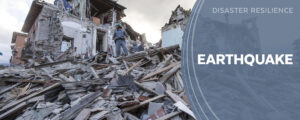
在台灣,我們經常談論死亡是忌諱,當然在亞洲尤其如此,當人們談論死亡時,應將其視為不幸。繼台灣的歷史,現代社會和文化禁忌之後,下一個環節是通過這一領域的教育。人們可以了解台灣遊客在黑暗旅遊目的地的行為,並提出一種更合適的推廣方法。為了提高人們的意識並消除有關死亡和照料的禁忌,從小學起就開展死亡教育已經可以提供很多幫助。(Jean Lor),2018年)。在台灣,死亡教育或所謂的“生命教育”是小學到高中學生主流課程的一部分。(Jean Lor),2018年)。死亡教育是指探索死亡的課程和活動-死亡的經歷,含義和態度。由於1980年代自殺案件和學校暴力事件的增加,台灣是亞洲第一個在主流學校中引入和接受死亡教育的國家。 (讓·洛(Jean Lor),2018年)。台灣1999年的921大地震,有2416人喪生)是引入死亡教育的另一個動機。
加拿大,英國和日本是其他也接受過死亡教育的國家,但台灣是唯一在其主流學校中標準化了死因教育的國家。在台灣引入了死亡教育,以提醒年輕學生甚至教師欣賞生命的價值,目標是自殺率上升和諸如欺凌之類的大規模學校暴力。由於系統中的死亡教育與品格教育有很大的重疊,因此已將其整合到台灣的品格教育課程中。即使在語言,社會,健康和歷史等學術主題中,也鼓勵教師進行死亡教育。(Jean Lor),2018年)。但是到目前為止,所有這些都沒有顯示在旅遊領域,甚至對於旅遊專業的學生也沒有。
死亡教育可以與品格/心理健康和公民教育相結合,特別是因為它與教學大綱目標重疊,例如年輕人的自我意識和積極的社區生活。第三,發展全社會合作,促進死亡教育。台灣政府對所有學校的死亡教育進行了標準化,並在2001年將其稱為“生命教育年”(Jean Lor),2018年)。由於台灣是亞洲唯一接受過這種死亡教育的國家,因此可以合理地假設在黑暗旅遊這一術語中,台灣遊客會更容易接受。在台灣開展“生命教育”時,政府意識到,如果沒有體驗式學習,死亡教育就不能簡單地成為頭腦知識。因此,通過實地考察,招待親戚,與親戚進行面試以及與同學進行小組討論等方式來進行體驗式學習,從而使學生獲得課本之外的更深刻見解。死亡教育有助於將死亡歸為自然死亡,而不是現代醫學的失敗。這有助於塑造人們對“積極死亡”的認識,從而使人們質疑追求維持生命的醫療方法,以犧牲舒適護理為代價的生活質量。 (Jean Lor),2018)
We often talk about death is a taboo in Taiwan and of course especially in Asia, it is to be considered as a misfortune when people talks about it. After the topics of history, modern society and cultural taboo in Taiwan, the next link is education, by going through this sector; people can know the behavior of the Taiwanese tourists in dark tourism destination and come up with a more appropriate approach to promote. Raising awareness and dismantling the taboo surrounding death and care, death education, from as early as primary school, has much to offer. (Jean Lor, 2018). In Taiwan, death education, or so-called as ‘Life Education’, is part of the mainstream curriculum for students in elementary school to high school. (Jean Lor, 2018). Death education refers to courses and activities that explore death – the experiences, meanings and attitudes towards it. Taiwan was the first country in Asia to introduce and approach death education in mainstream schools in 2000, due to a rise in suicide cases and school violence in the 1980s. (Jean Lor, 2018). The 1999 ‘Jiji earthquake’ in Taiwan, known as the 921 earthquake where 2,416 people were killed, was another motivating factor for introducing death education. (Jean Lor, 2018)
Canada, the UK and Japan are other countries, which also have death education, but Taiwan is the only country that has standardized death education in its mainstream schools. Death education was introduced in Taiwan to remind young students and even teachers to appreciate the value of life, targeting the rising suicide rates and large-scale school violence, such as bullying. Because of the significant overlap of death education with character education in the system, it has been integrated into Taiwan’s character education curriculum. Even in academic subjects like language, society, health and history, teachers are encouraged to incorporate death education. (Jean Lor, 2018). But so far, all of them are not indicating in a tourism sector, non even for the tourism major students.
Death education can be integrated into characters/mental health and Citizenship Education, especially since it overlaps with syllabus objectives, such as self-awareness and active community life for young students. Third, develop whole-of-society collaboration in promoting death education. The Taiwanese government standardized death education across all schools, and accorded significance to it in 2001 as the ‘Year of Life Education’. (Jean Lor, 2018). Since Taiwan is the only country in Asia where has this death education, it is logical to make the assumption that in the term dark tourism, it will be more acceptable for Taiwanese tourists. When developing Life Education in Taiwan, the government realized that death education could not simply be head knowledge without experiential learning. As such, experiential learning is included through field trips to hospices, interviews with relatives, and small-group discussions with classmates, so that students gain deeper insights beyond the textbook. Death education helps to normalize death as natural, rather than a failure of modern medicine. This helps to shape perceptions of a ‘positive death’, calling to question the pursuit of life-sustaining medical treatments, quality of life at the expense of comfort care. (Jean Lor, 2018)

圖/文/ Christina Tseng
攝影/ Websites


